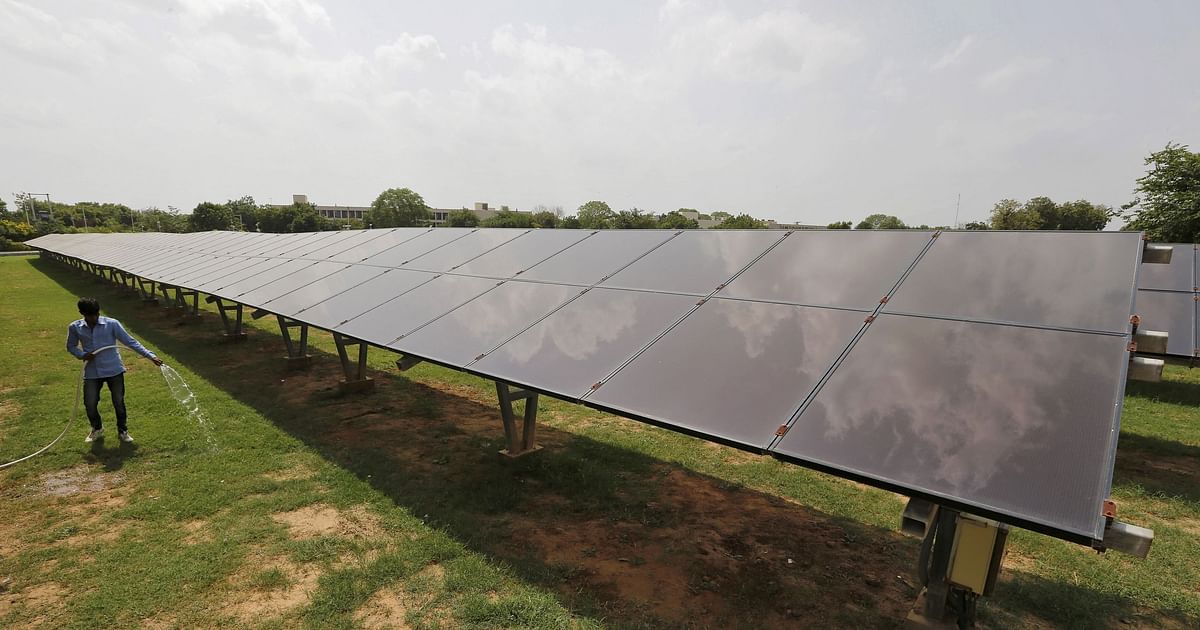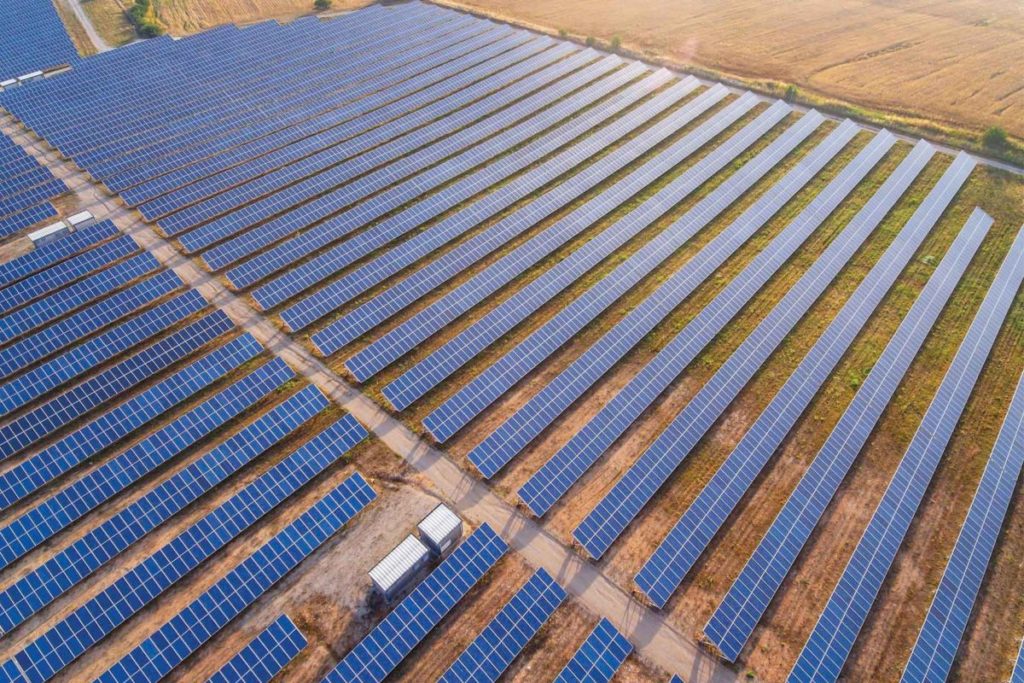In 2020, Lakshmi Narayan pioneered solar energy adoption by installing panels on his Bhopal rooftop, inspiring a wave of clean energy enthusiasts in Madhya Pradesh. Now, amidst the nation’s push to triple renewable capacity by 2030, a new Rs 7500 crore ($9 billion) government scheme targets 10 million homes for solar panel installations.
Government Initiative: Driving Solar Revolution
The program, launched in February ahead of Lok Sabha elections, aims to slash electricity bills and bolster self-reliance in energy. Prime Minister Narendra Modi emphasized its significance, envisioning zero power bills, surplus electricity sales, and energy independence.
Simplified Process, Complicated Realities
While the initiative simplifies application through an online portal and direct subsidy deposits, hurdles persist. The Centre for Science and Environment highlighted challenges with distribution companies (DISCOMs), hindering seamless grid connectivity and fair surplus electricity pricing.
Growing Pains and Potential
India, now the world’s third-largest solar generator, strives to meet rising energy demands. However, progress lags due to DISCOM concerns, skill shortages, and product quality issues. Residents like Danish Ali in Lucknow face reliability issues during outages, highlighting the need for hybrid systems not covered by subsidies.
Future Prospects and Challenges
Despite challenges, the solar sector anticipates a surge. Mumbai’s SolarSquare Energy aims to install panels in 2.5 million homes this year. However, scaling up requires skilled labor and domestic panel manufacturing. The government anticipates creating 1.7 million jobs, but experts warn of technical hurdles and DISCOM friction.
As India navigates these challenges, the success of rooftop solar hinges on resolving distribution issues and ensuring tangible benefits for consumers like Narayan. With effective solutions, solar energy could power India’s transition towards a greener future.
Source:deccanherald.com





